Do This to Reduce The Cost To Heat Your Home This Winter
It’s not only the price of heating oil that has skyrocketed this fall. Homes that heat with electricity are at risk because many utilities run on natural gas, and the price of it has gone up, too.
Thankfully there are steps we can take to reduce high heating bills. Experts say it is not unreasonable that you could reduce your bill by as much as 30 percent if you:
Adjust the thermostat
You really should keep the thermostat at 68 ℉ during the day and 60 ℉ at night. Does it feel too cold? Wear extra sweaters, invest in a mattress heater and don’t forget to regulate the humidity. Keeping the relative humidity between 30 percent and 50 percent can make 68 ℉ more like 72 ℉. You can invest in a room humidifier or keep a pan of water simmering on the stove as a way of raising the humidity inside the house.
Consider installing a programmable thermostat that will automatically lower the heat at night and raise it before you wake up. They cost anywhere from $40 to $250 depending on how high-tech you want to go, but will quickly pay for themselves in energy savings.
Install weather stripping
Weatherstripping is quite inexpensive and available online, or at any home improvement center. It is self-adhesive, so it sticks to just about anything. Use it on drafty doors and windows and any place where a crack allows warm air to escape. Weatherstripping does not last indefinitely and should be replaced every year or two. If you are diligent in making sure every possible opening is weather-stripped, you can expect to recoup 15 percent of your heating bill.
Plug the leaks
All kinds of places cannot be weather-stripped, and require caulking instead. If you can visualize money rather than warm air leaking out of all those crevices and open places, you might be more motivated to plug them up.
Water heater
If you don’t already have one, spend $20 and get an insulation blanket for your electric water heater. You will save twice that amount each year in lower heating costs. That’s how much heat escapes from an unwrapped heater.
If you have an electric water heater here’s a great idea: You only need to keep it on about eight hours a day. Turn it off before you leave for work, then back on when you return, and off again at night and back on one hour before you wake up. Of course, you need a timer to do all of this, but they’re relatively inexpensive (some electric water heaters come with timers installed). Gas water heaters do not have timers.
Insulate
If one heater blanket on your water heater can make that kind of a difference, imagine if you put a blanket on your whole house! That’s just about what insulation is. Even if your home is insulated, get an inspection to determine if it is adequate. If the house was built before 1980 and not upgraded since, you can be sure you do not have enough insulation.
It is not difficult to install rolls of fiberglass insulation in the attic yourself. Just make sure you follow the manufacturer’s safety guidelines. It’s simply a matter of hauling it up there and rolling it out. You will more than recoup the cost of insulation through reduced energy bills. Insulation is a good investment.
Accept help
If you fear higher heating costs will cause you undue hardship, there may be help. Call your utility company and inquire about the Low Income Home Energy Assistance Program. This is a federally-funded block grant program that helps ease the energy cost burden of low-income individuals. Federal requirements are minimal and leave most important decisions to local jurisdictions.
Another option: Go to Building Performance Institute to help you manage your energy costs. Key in your zip code and answer a quiz to get a customized energy audit of your home, instant energy use estimates, and a road map to future savings.
One more: U.S.Department of Energy offers this DIY Home Energy Assessment.
Stop the Energy Leaks
By caulking, insulating, and taking a few other energy-saving precautions, you can save hundreds of dollars on your energy bills.
- Placed unfazed fiberglass insulation where the chimney passes through the attic floor and roof
- Seal the attic door like an o outside door. Caulk and weatherstrip it, and install a flexible threshold
- Use caulk, duct tape and weather stripping around all windows.
- Around outside faucets, seal with insulation and caulk
- Caulk basement windows
- Where the furnace flue meets the chimney, stuff the crack with unfaced fiberglass insulation or seal with furnace cement
- Seal the frame of the fireplace cleanup door with furnace cement
- Caulk and weatherstrip the outside door and install a flexible threshold.
- Caulk the perimeter of an in-wall air conditioning unit. Tape the perimeter of a window unit with duct tape.
- Seal joints of ducts and caulk or duct tape, then wrap ducts with full-faced fiberglass insulation

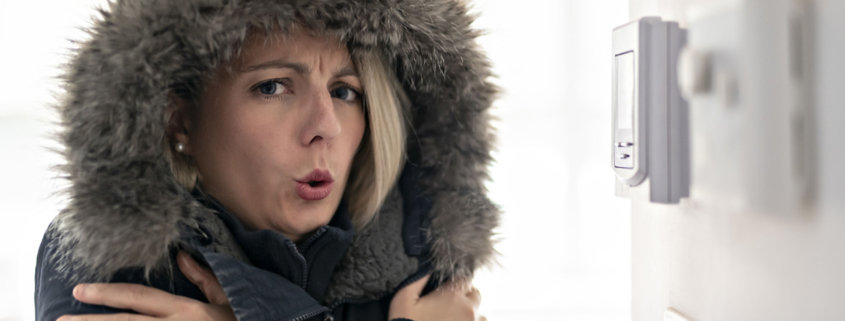
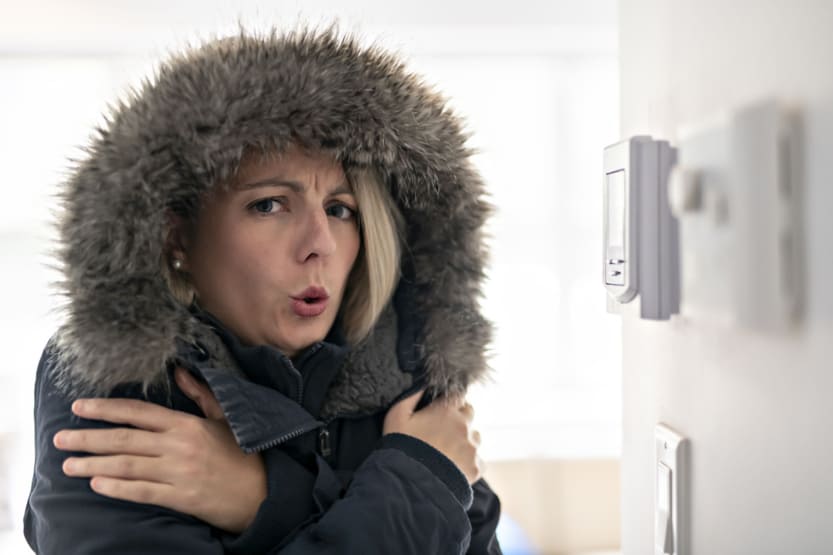




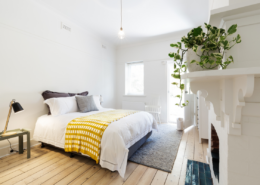
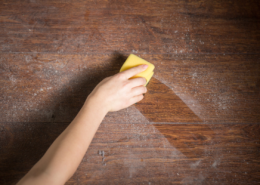



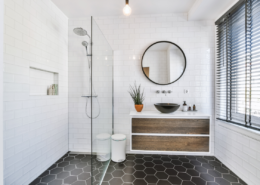


I enjoy you articles and find them quite useful, however I need to bring up a safety concern for the thermostat setting that you have suggested. Being in a home below 64.4 (18 C) degrees [68-70 (20-21 C) in elderly] is unhealthy and increases health risks, especially in the elderly and people with pulmonary and circulatory conditions.